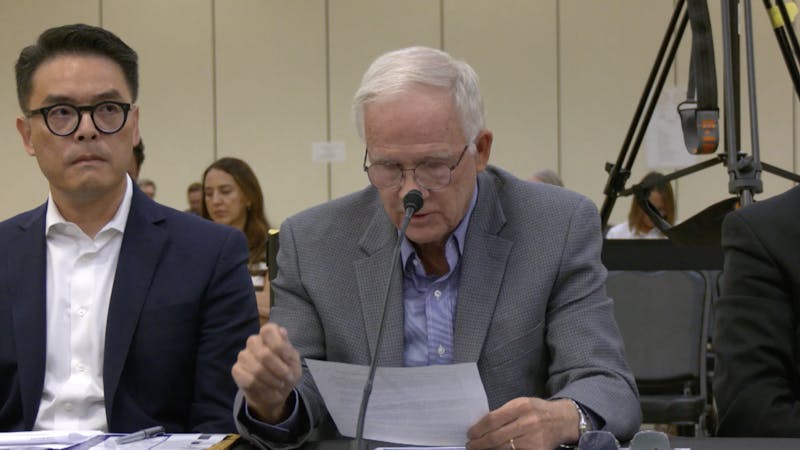Campaign funds should be used with care
Today, Rice announces that it is seeking to raise an unprecedented $1 billion with its Centennial Campaign to honor Rice's 100th anniversary in 2012 (see story, page 1). Currently, Rice has raised $500 million, although some of this money includes donations given to Duncan and McMurtry colleges and other current projects.Getting more money is not a bad thing - we certainly think it's a good idea that Rice is raising money through this campaign considering the student expansion it is facing in the coming years, and we are impressed with the $400 million President Leebron stated he wants to spend on undergraduate and graduate programs. Nevertheless, the administration must use its money wisely and concentrate spending on what really matters.
One thing Rice needs to zero in on with the Centennial Campaign is improving its financial aid. If Rice wants to compete with the Ivies in terms of attracting top students, it's going to need to step up its game. Rice has long prided itself on offering substantial financial aid for its students, but in the past few years, schools like Harvard and Yale have begun to offer tempting alternatives: as of last December, Harvard's middle-income initiative allows families who earn between $120,000 and $180,000 to spend just 10 percent of their income on tuition, which reduces a once almost-$50,000 sum to below $20,000. Yes, Harvard's endowment is roughly $32 billion, while Rice's is only $4.61 billion, but that doesn't mean Rice can't use the Centennial Campaign to sharpen its weapon of financial aid. Leebron has said that he would like to see the $51.6 million spent on endowed scholarships to double, which is an excellent proposition from our standpoint.
In addition, while we understand the importance of expanding Rice's infrastructure to accommodate the increased numbers of students and research endeavors, we hope that the administration spends some serious time focusing attention on fixing what is broken instead of simply building new things. Lovett could always use better facilities. Brown could use mold control. And it is not hard to find trouble spots like these at any of the other colleges, either. Sure, the state-of-the-art Duncan and McMurtrey Colleges will be impressive individually, but Rice might be less impressive overall if other colleges are left behind in the improvements phase.
In short, the $1 billion goal of the Centennial Campaign is a great idea, but we hope the grandeur of the dollar amount does not inflate the administration's dreams to the point that they overlook the fundamental characteristics that make a Rice unique place to study, live and work. We wish the administration luck in realizing its ambition, but we encourage those making the decisions to use their money wisely and spend on the things that are important.
More from The Rice Thresher

Rice announces Chao College as 12th residential college
Rice announced that the 12th residential college will be named Ting Tsung and Wei Fong Chao College Aug. 19. The college, set to open in fall 2026, will contain nearly 300 on-campus beds.
Dining access fund announced following on-campus unlimited meal swipes
Rice announced new food assistance programs on Tuesday to account for the controversial change in the on-campus meal swipe plan.

Rice disaster prediction model discussed at hearing on deadly Central Texas floods
The House and Senate Select Committees on Disaster Preparedness and Flooding held a hearing on July 31 in Kerrville to address the deadly July 4 flooding in Central Texas. The flooding along the banks of the Guadalupe River killed 108 people, including 37 children. In the charged hearing, Texas lawmakers and flood survivors criticized the local response to the disaster.


Please note All comments are eligible for publication by The Rice Thresher.